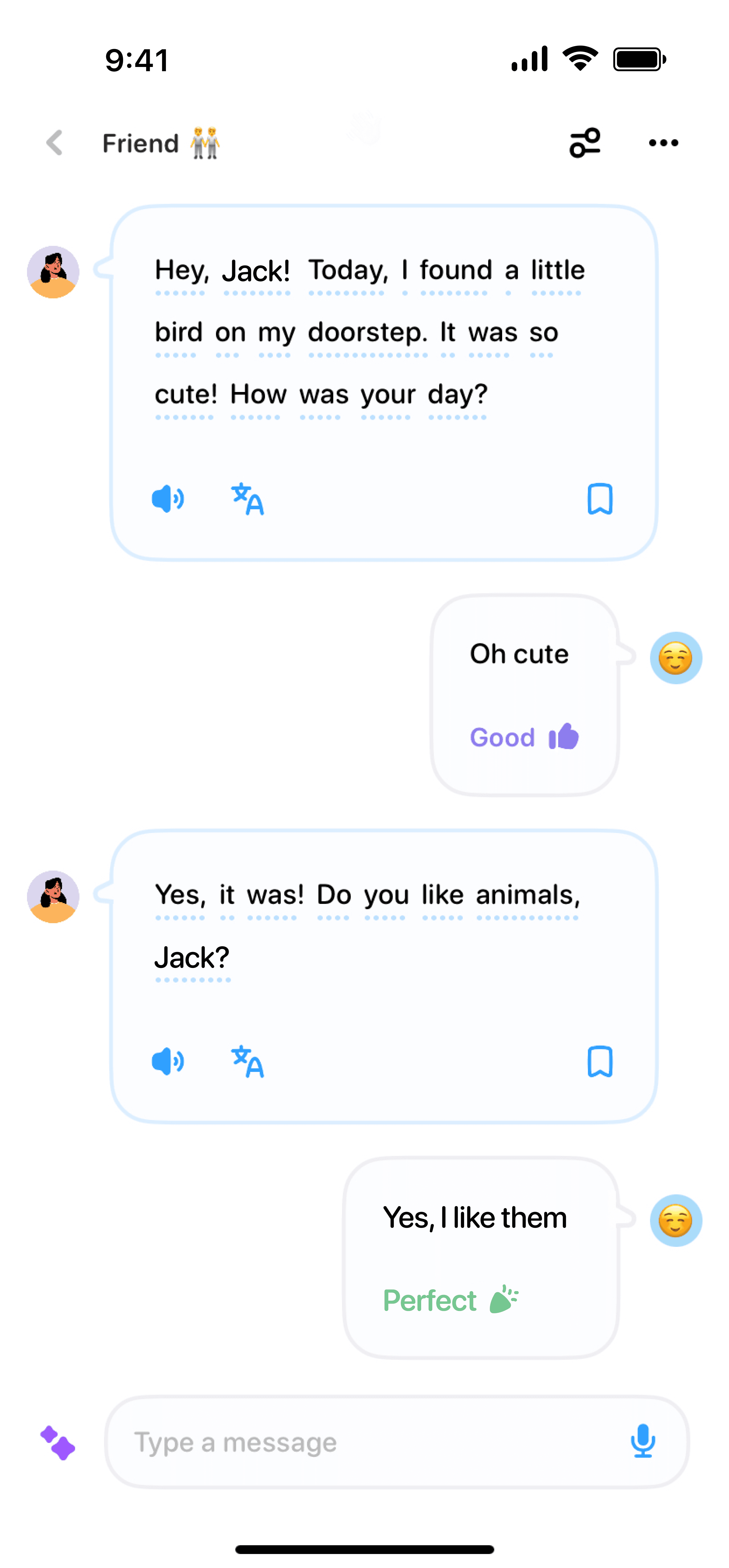07/11/2024
·
Emma Robbie
The preservation of oral histories and cultural heritage has always been a critical endeavor for communities around the world. These narratives carry the wisdom, experiences, and traditions of generations. However, capturing and storing these stories has traditionally been a labor-intensive process. Enter AI transcription—a groundbreaking tool that’s transforming the preservation of oral histories and cultural heritage.
What is AI Transcription?
AI transcription is the use of artificial intelligence to convert spoken language into written text. With the help of advanced algorithms, these systems can understand and transcribe speech with remarkable accuracy. This technology is especially useful in scenarios where conversations, interviews, and narratives need to be documented efficiently.
Streamlining the Preservation Process
One of the most challenging aspects of preserving oral histories has been the sheer amount of time required to transcribe hours of recordings manually. AI transcription can significantly streamline this process, allowing for quicker and more accurate transcriptions. This means that historians, researchers, and cultural custodians can focus more on gathering stories and less on the laborious task of transcription.
Improving Accessibility
Not only does AI transcription save time, but it also makes oral histories more accessible. Written transcripts can be easily shared, searched, and stored in digital archives. This opens up opportunities for wider accessibility, allowing more people to learn about different cultures and histories. Schools, libraries, and researchers can all benefit from having access to these transcribed narratives.
Enhancing Accuracy
Another significant advantage of AI transcription is its accuracy. Modern AI transcription services use sophisticated algorithms that can capture nuances in speech, such as different accents and dialects. This ensures that the transcriptions are as close to the original spoken words as possible, preserving the authenticity of the narrative.
Preserving Languages
Many cultures have unique languages or dialects that are at risk of disappearing. By using AI transcription, these languages can be documented and studied, contributing to their preservation. AI technology can help linguists create accurate databases of languages, which can be vital for educational and revitalization efforts. This creates a lasting legacy for future generations.
AI Transcription in Action
Case Studies
Indigenous Cultures: Several projects around the world are using AI transcription to document indigenous languages and stories. For instance, in Australia, AI is being used to transcribe and archive Aboriginal oral histories, ensuring that these unique cultures are preserved.
Historical Archives: Museums and libraries are adopting AI transcription to digitize and transcribe historical audio recordings. This not only preserves the recordings but makes them searchable and accessible to researchers worldwide.
Community Engagement
AI transcription can also help communities engage with their own heritage. By making it easier to record and transcribe stories from elders and community leaders, younger generations can access this wealth of knowledge. Community-driven projects can use AI transcription to create their own digital archives, fostering a sense of ownership and pride in their cultural heritage.
The Future of Oral Histories and Cultural Preservation
The role of AI transcription in preserving oral histories and cultural heritage is only set to grow. As AI technology continues to advance, its accuracy and efficiency will improve, making it an even more invaluable tool. By incorporating AI transcription into preservation efforts, we can ensure that the voices of the past and present are heard, remembered, and cherished by future generations.
Conclusion
The preservation of oral histories and cultural heritage is crucial for maintaining the diversity and richness of human experience. AI transcription offers a powerful solution to many of the challenges faced in this endeavor, from streamlining the transcription process to improving the accessibility and accuracy of preserved narratives. By embracing this technology, we can help safeguard the stories that define us, ensuring they inspire and educate for years to come.


